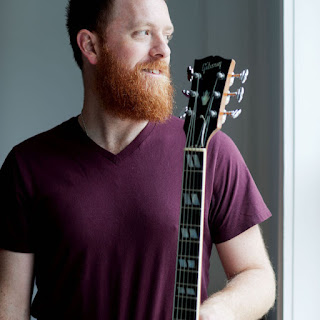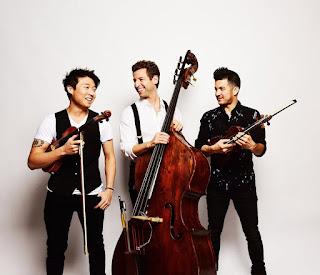Indianapolis Chamber Orchestra returns to live concerts with all-American program

Matthew Kraemer expressed gratitude and relief that the ensemble he directs, the Indianapolis Chamber Orchestra, was appearing Sunday evening before an in-person audience for the first time in 15 months. Rengel gave a stirring account of Barber's concerto. But in other remarks to a socially distanced audience at Carmel's Palladium, the conductor lifted up the significance of bringing forward some of the achievements of American symphonic music in the 20th century. Four works made up the program, chief among them the much-loved Violin Concerto by Samuel Barber, with Rubén Rengel , a 2018 honoree of the Sphinx program , as soloist. Given the finished 1949 version of Barber's opus 14, the concert was a snapshot of American composition in the 1940s. By that decade, buoyed by the contributions of European refugees, new classical music here had consolidated the gains made by 20th-century modernism before largely giving way to more difficult, abstruse styles that started to dom








